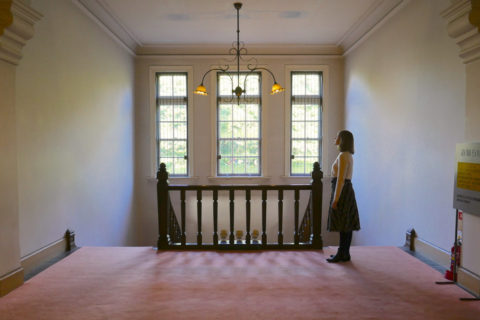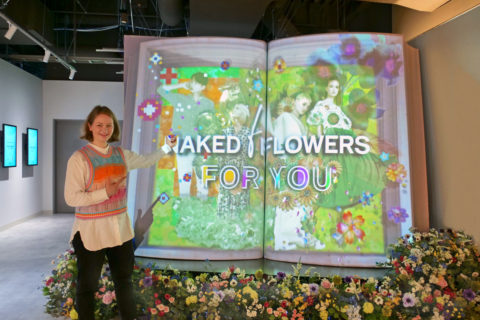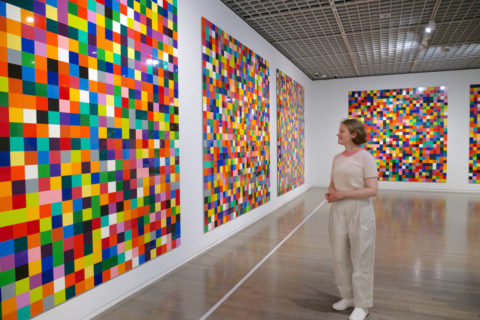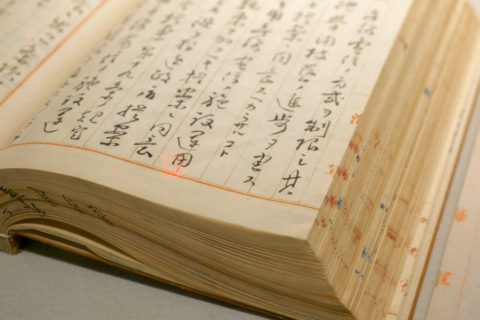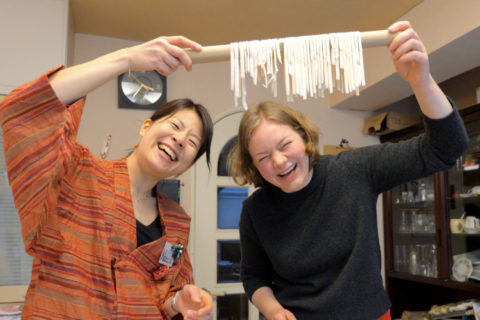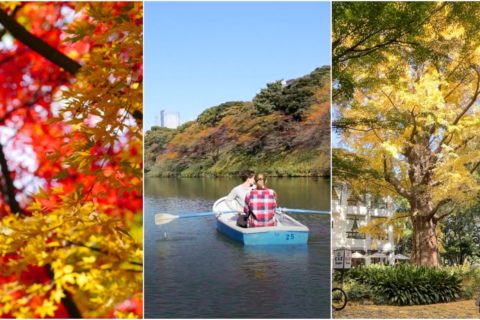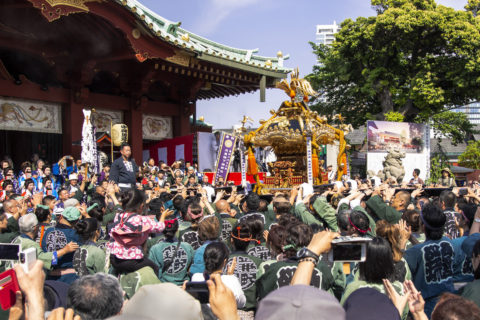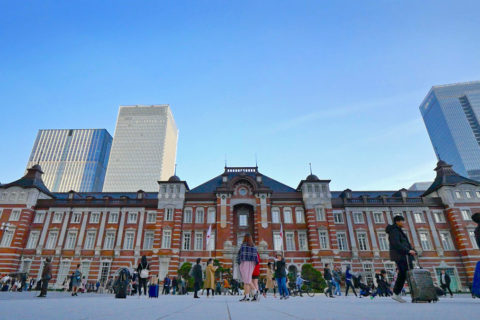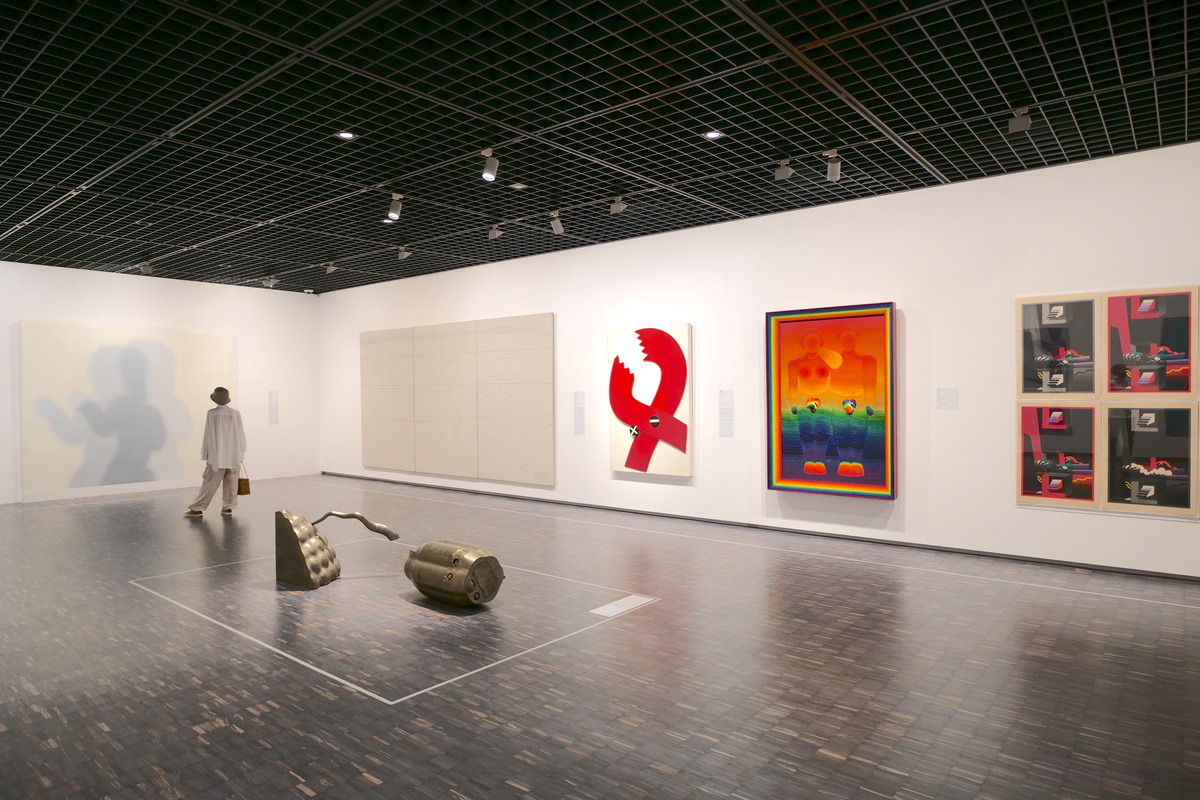
The “MOMAT Collection” exhibitions show each time about 200 works selected from the museum’s art collection of more than 13,000 works in 12 to 13 rooms on 3 floors. This time, the MOMAT collection also features two themed special exhibitions. With the title “What Poems Say”, the small exhibition brings together works related to poetry and renders visible interactions and links between poetry and the visual arts. The other special exhibition showcases ways in which the museum has linked its exhibition and acquisition activities with contemporary art movements since it first opened. Learn about the history of Japanese art from the end of the 19th century to the present day by comparing it with art pieces from famous foreign artists!
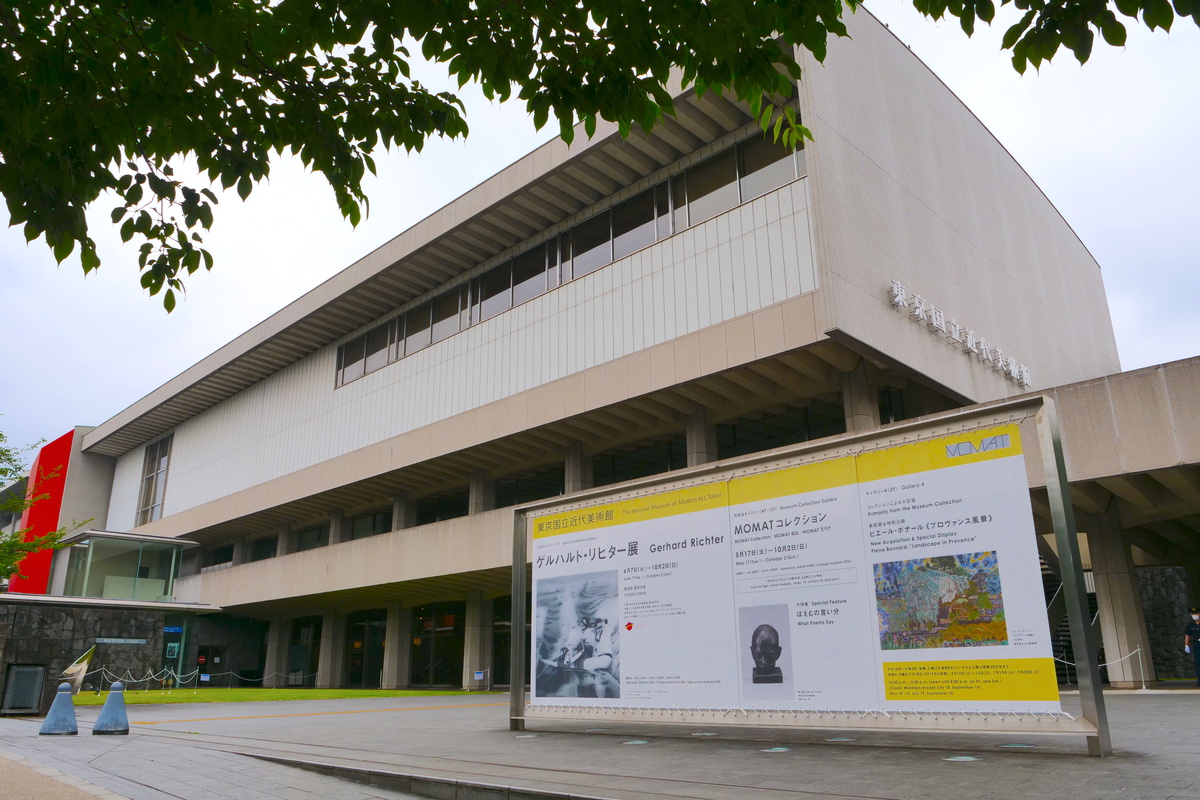
Content
Collection exhibition starts with its “Highlights”
The route of “MOMAT Collection” begins on the 4th floor going down to the 2nd floor. The tour starts with a big bang! The first room is already the “Highlights” room.
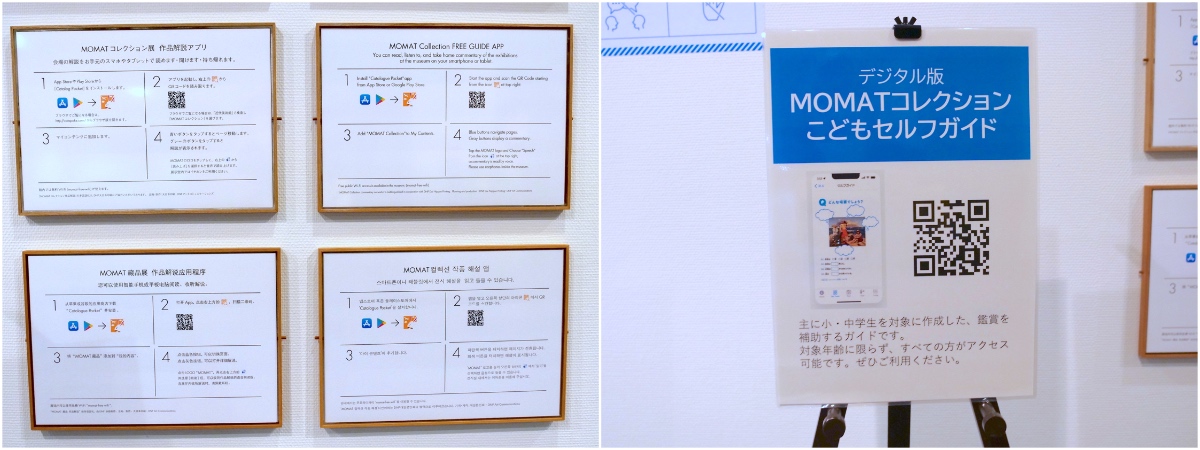
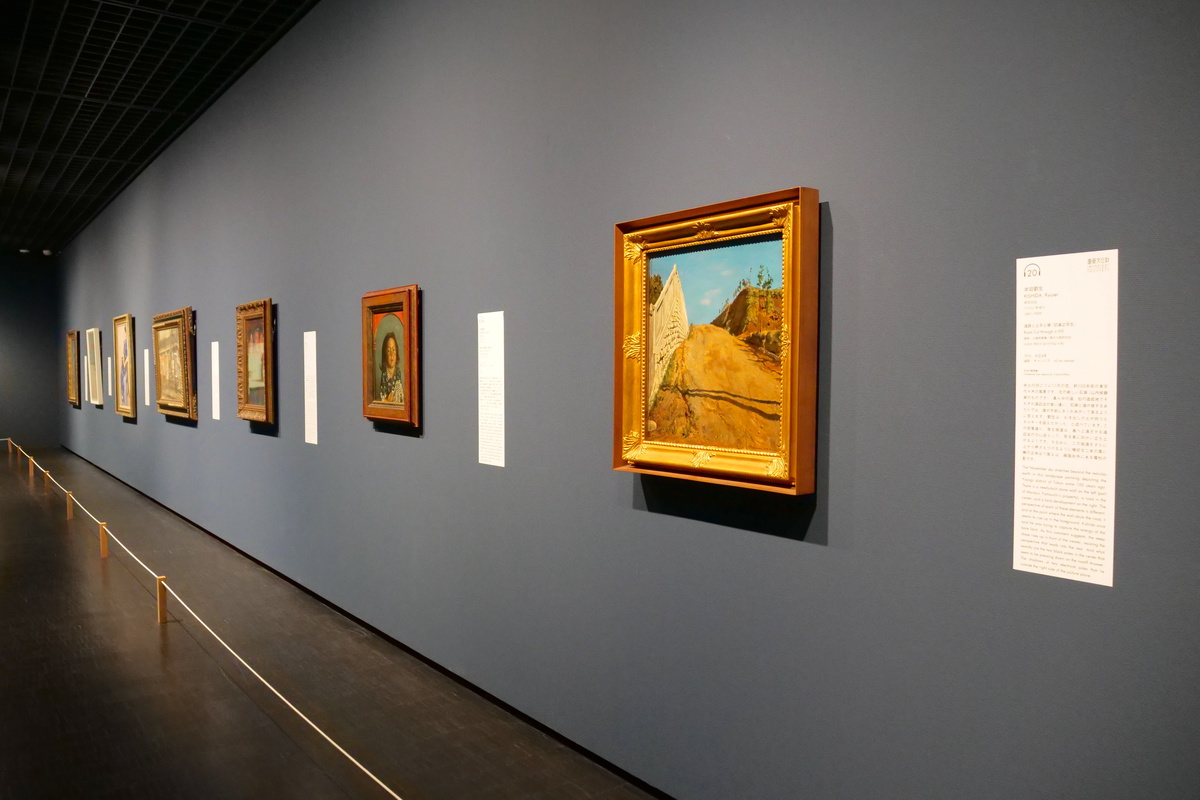
If you are a frequent visitor of the collection, you might recognize some of the works. Some art pieces reappear regularly while they are always mixed in with new acquisitions.
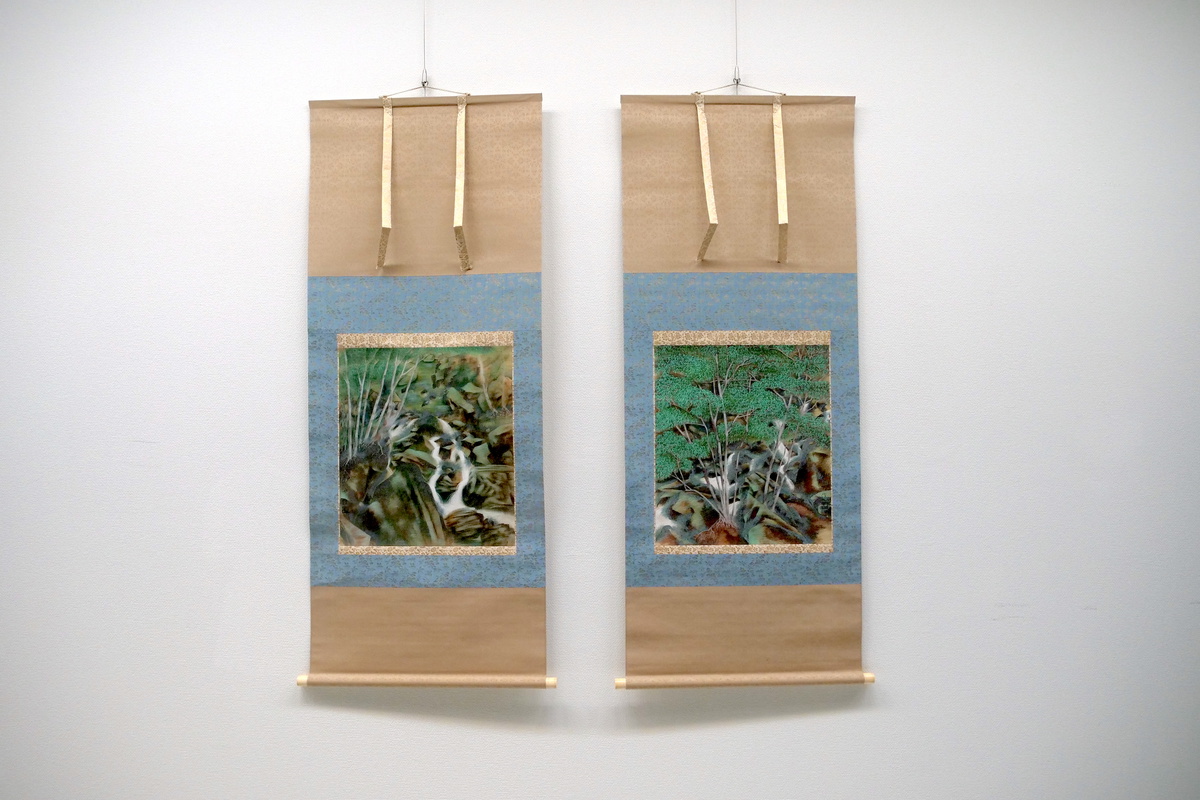
I also remembered some of the works and I enjoyed seeing the artworks in a new context paired with new acquisitions.
For example, I took this photo inside the MOMAT collection exhibition one year ago.
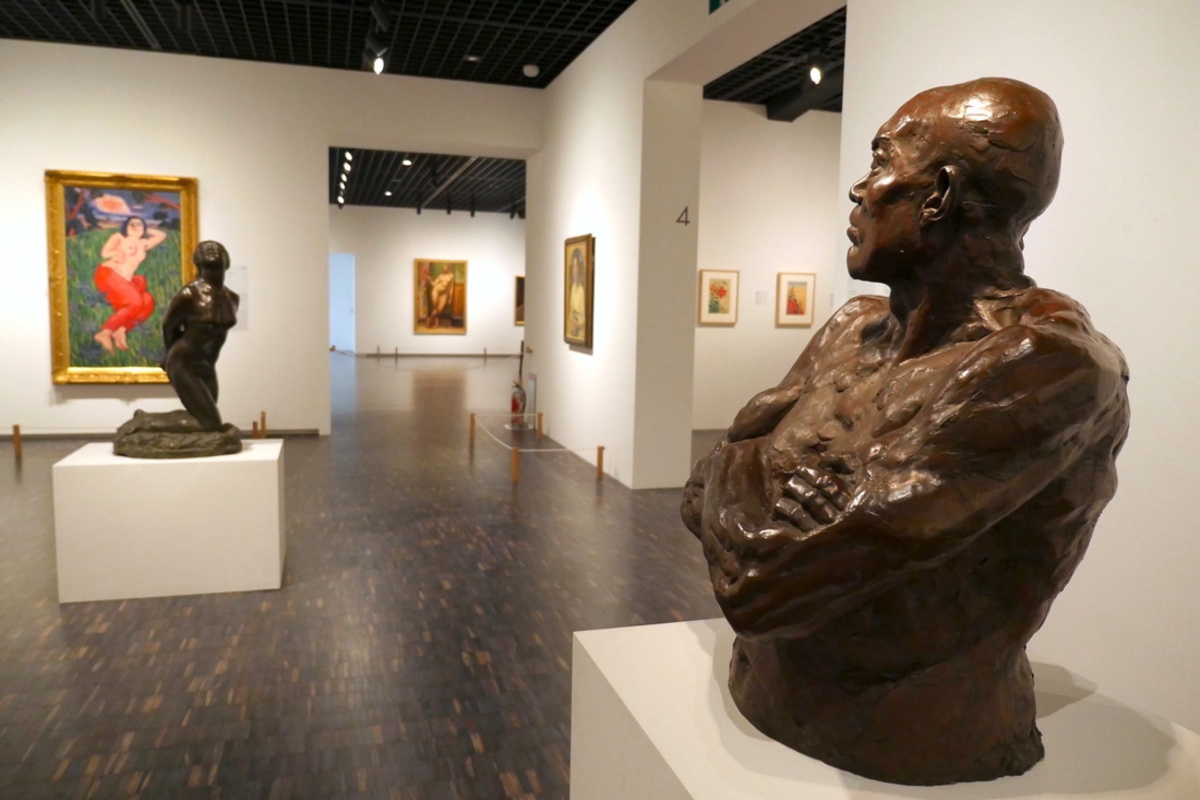
And this is a photo of the Highlights room this year.
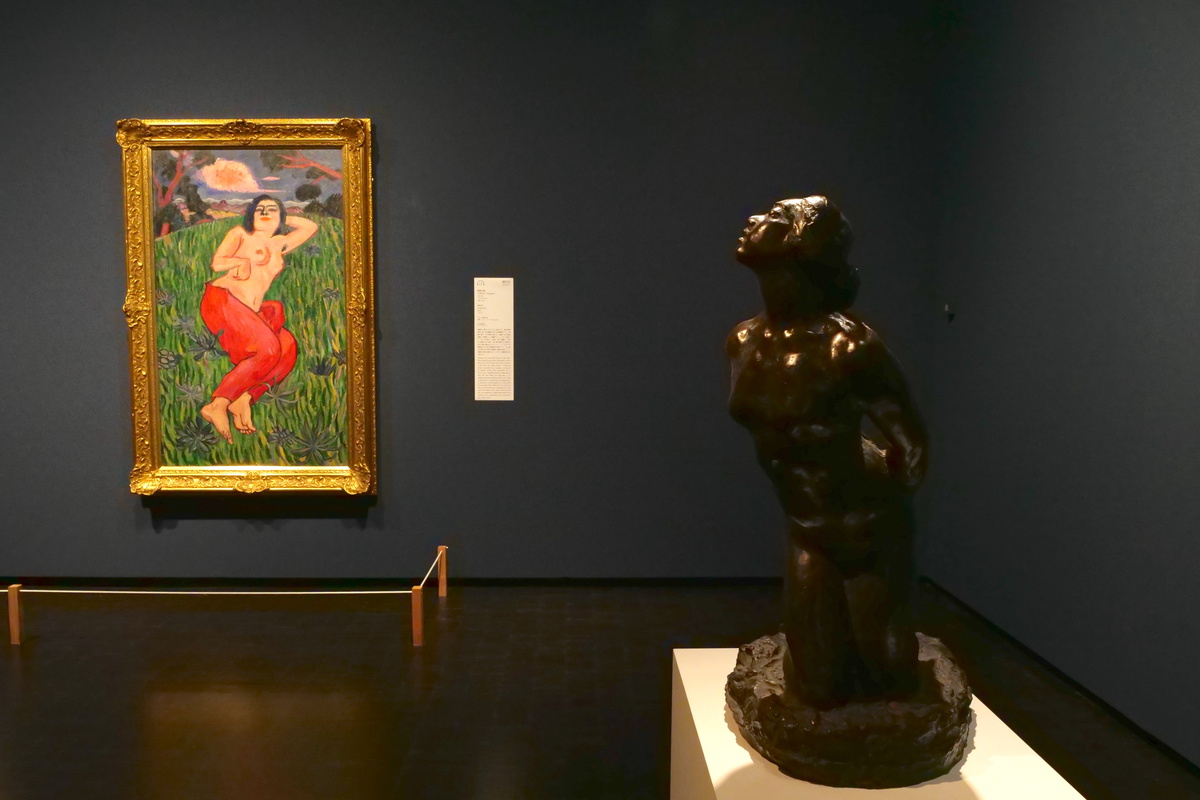
The combination of a sculpture and a painting of a woman is the same, but when you keep on walking, you will see an oil painting of a woman that hadn’t been there the last time.
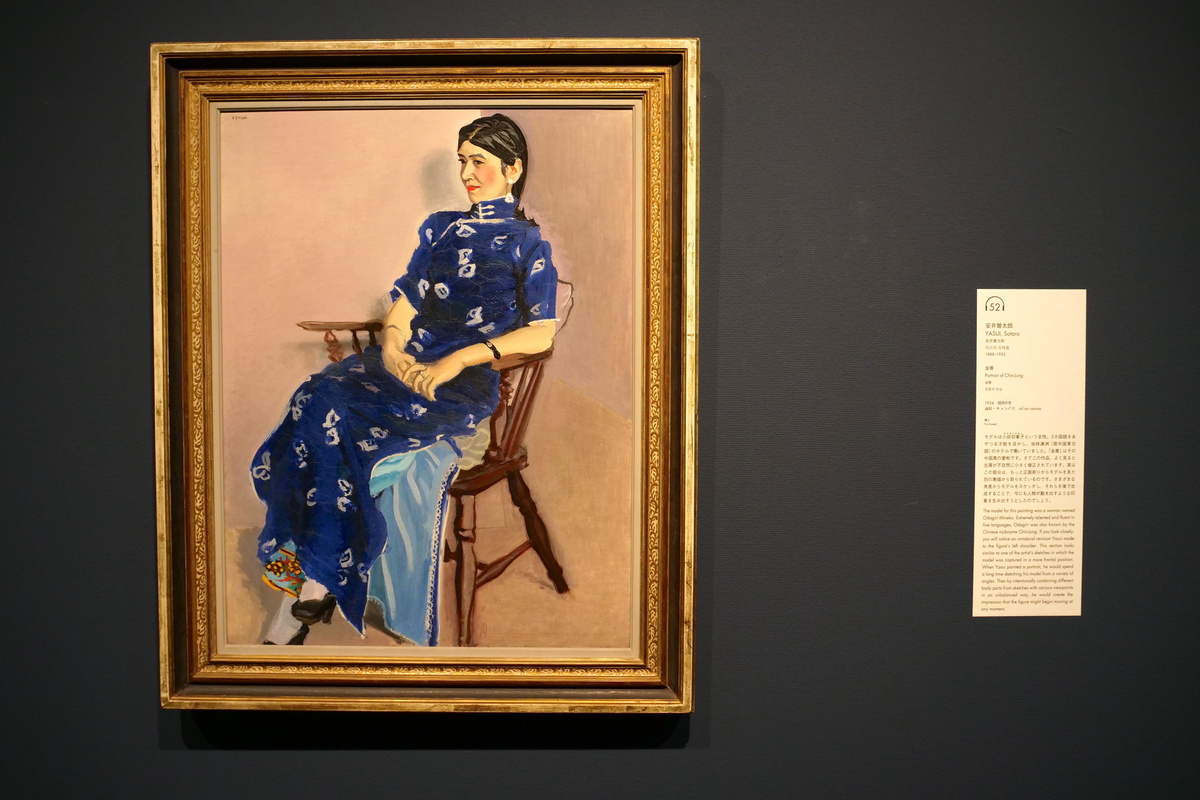
It’s quite different from the works we just saw, right? Contrary to the two artworks we just saw, with this work we know who is portrayed here (The woman who stood model for this picture was a woman who spoke five languages). However, if you take a closer look, the angles and shadows seem unnatural, and while there are some details, other parts are painted quite boldly.
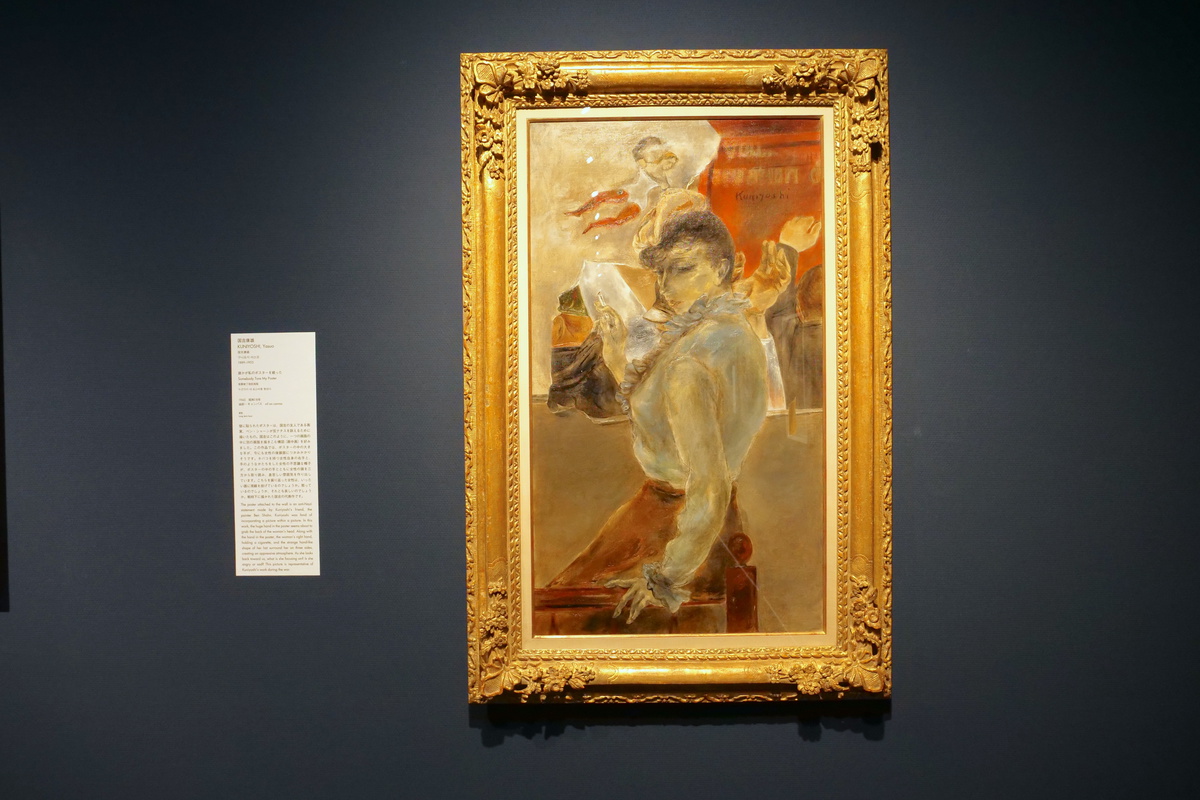
Going further, we see an oil painting of a Western-looking woman. The Japanese artist Yasuo Kuniyoshi painted it during World War II. He is said to be the most successful Japanese painter in the United States at that time.
The themed special exhibitions are also a must-see!
Rooms 2-5 show works from the 1900s and 1940s. During that time, many young Japanese artists traveled to Europe to study oil painting. This is why you will see many works that seem to be heavily influenced by European techniques of that time. Still, they have a unique touch to them, making it fun to compare the works to Western art.
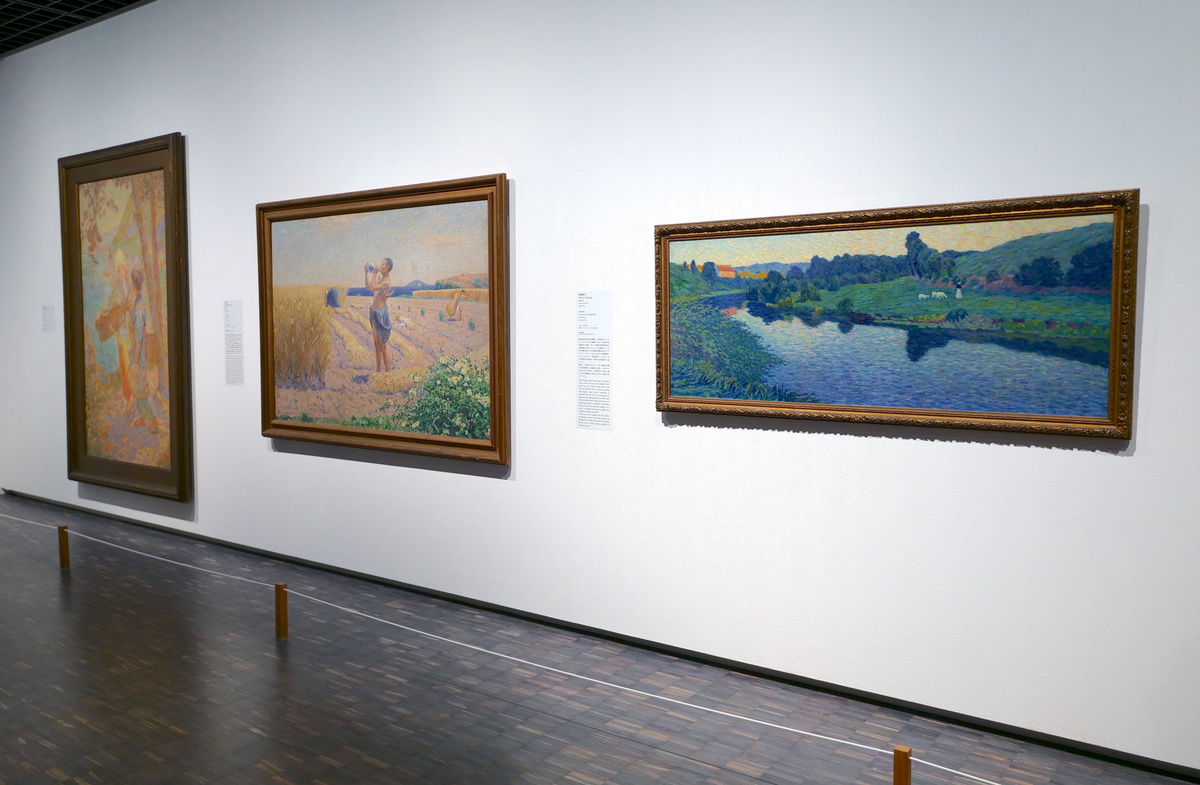
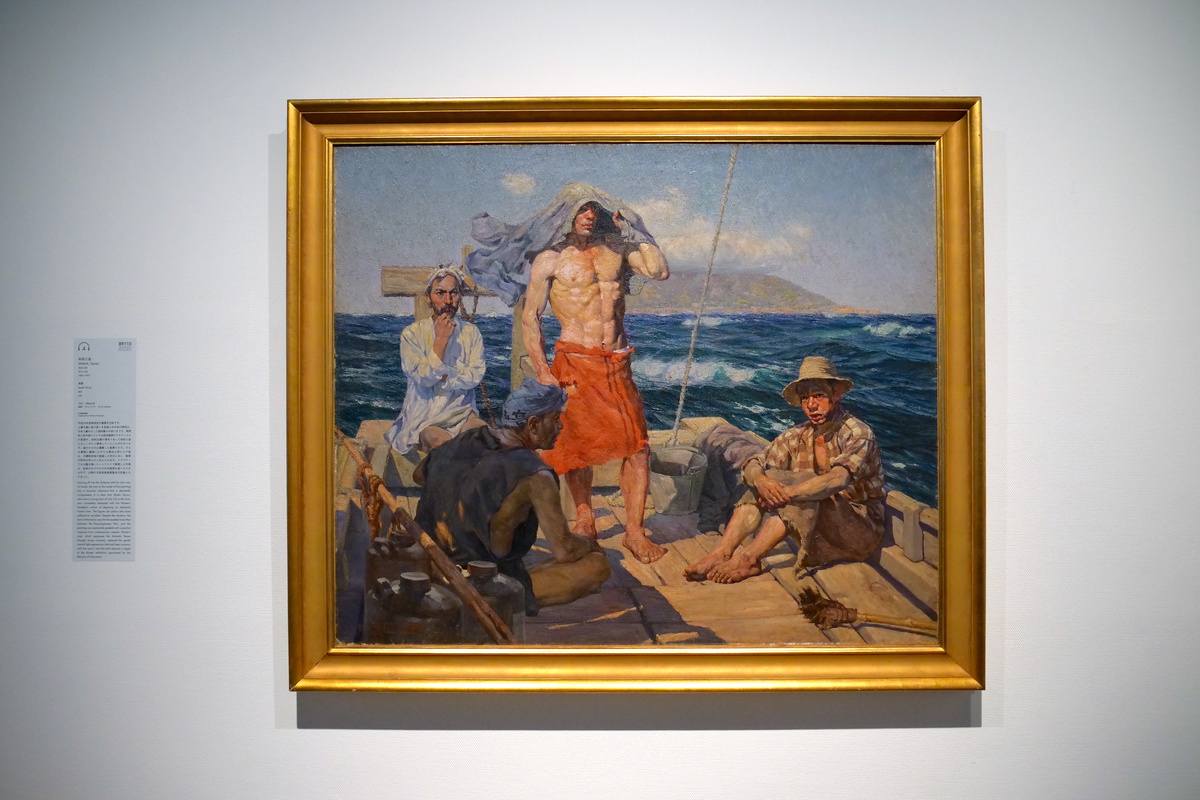
Sanzo WADA “South Wind” 1907, Important Cultural Property
This time, the MOMAT collection exhibition features two small special exhibitions. “What Poems Say” introduces works related to poetry in rooms 3 to 5. It brings together works related to poetry and renders visible interactions and links between poetry and the visual arts.
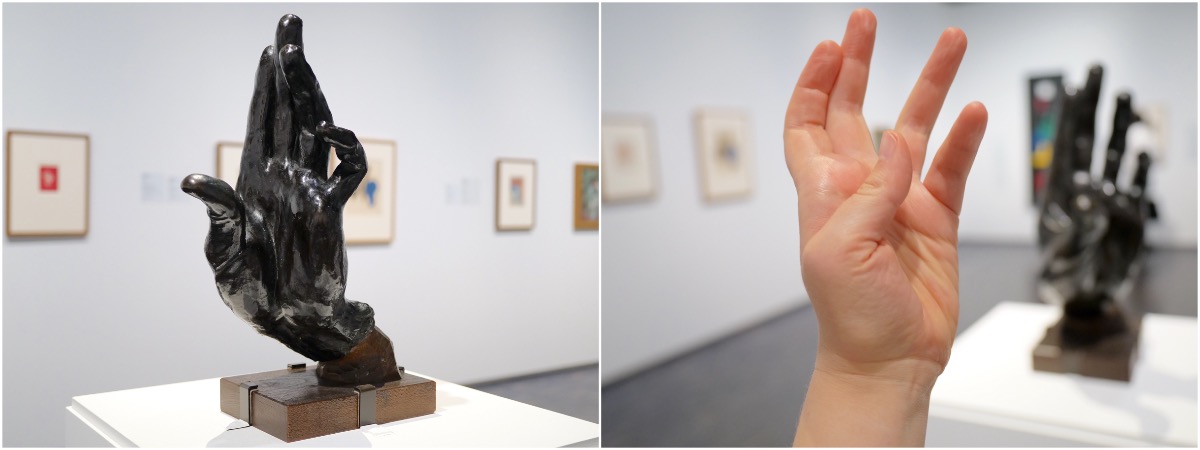
The National Museum of Modern Art, Tokyo (MOMAT) has a lot of videos on the official YouTube channel explaining the artworks and introducing the museum’s “backstage”. There is an explanation video about Kotaro TAKAMURA’s “Hand”!
(https://www.youtube.com/watch?v=-yxmurrfOKM In Japanese, subtitles are Japanese and English)
As for me, I like going to a museum without preparing too much beforehand. I like “encounter” art. But after seeing the artwork, it is lovely to have a professional curator explain all the details and hidden meaning. So please check out MOMAT’s YouTube channel!
My favorite work is this red wooden statue. It is a work by Heihachi HASHIMOTO. His younger brother Katsue KITASONO was a poet. Both are known as “a unique artist brother combo”.
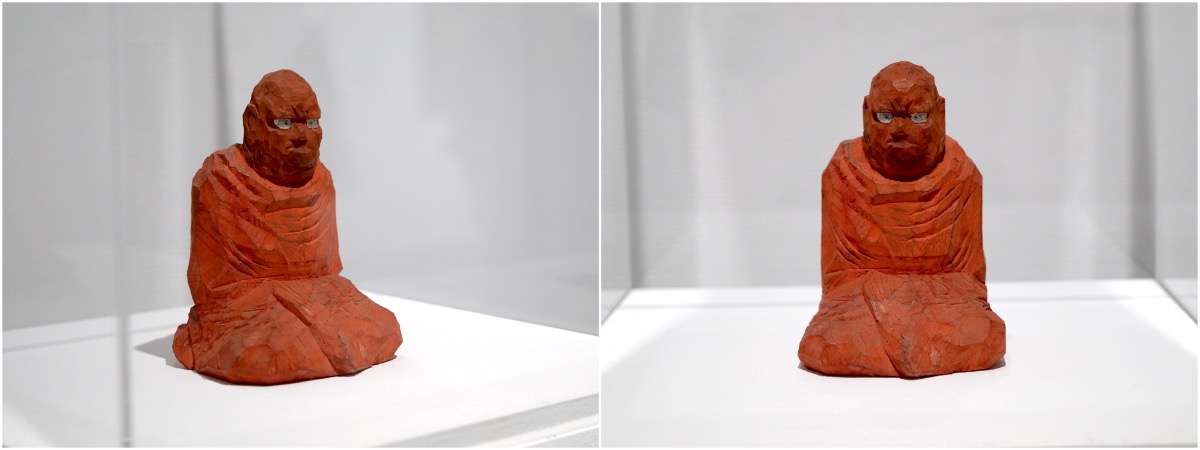
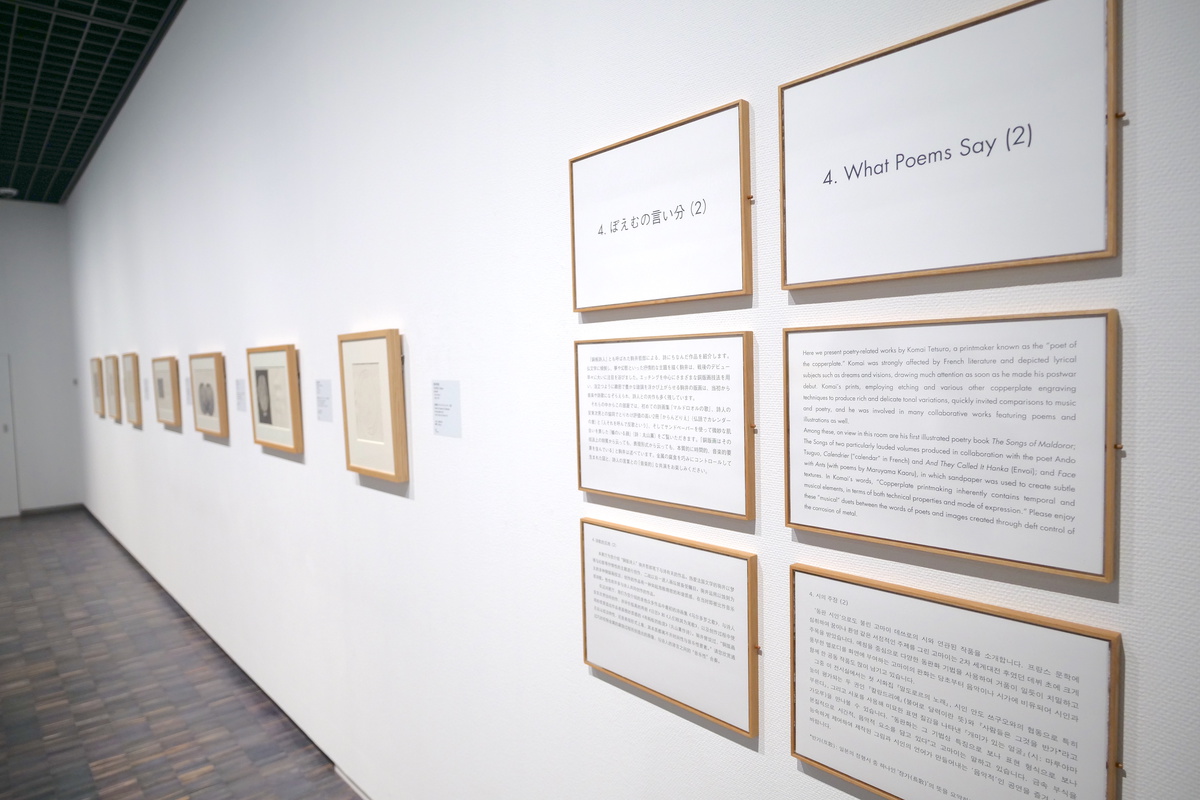
Art and war
The next part of the collection focused on works of artists who lived in Japan right before World War II. Some artists painted fearless soldiers on huge screens, others painted the gloomy atmosphere of war. This exhibition made me wonder. If I had lived in this era as an artist, what would I have drawn? Which side would I choose?
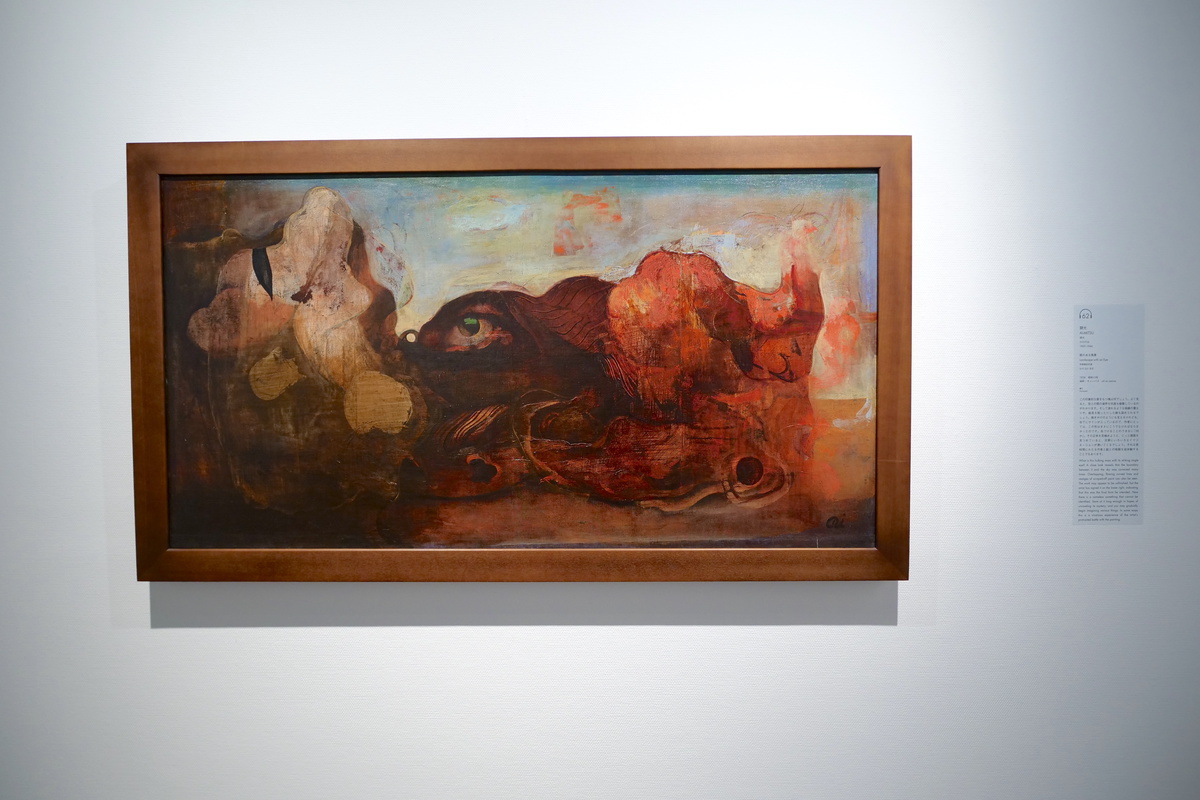
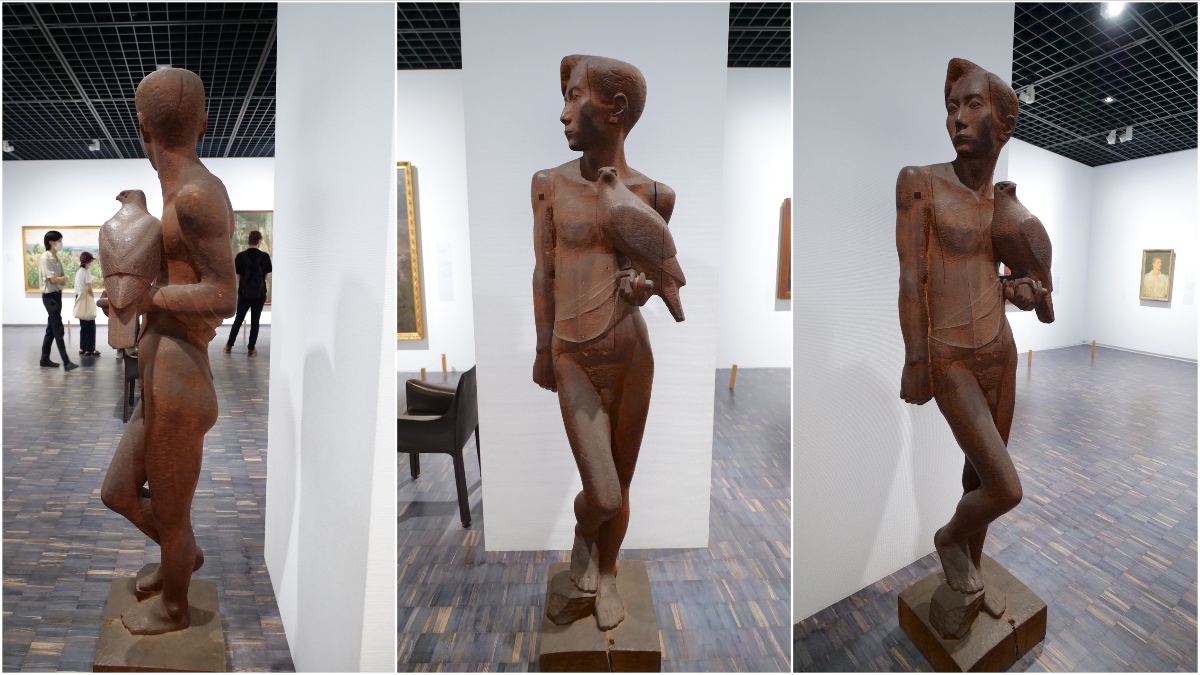
Shindo TSUJI “Poet (Prototype for Figure of Otomo no Yakamochi)” 1942
The search for art that symbolizes an era
In December 2022, the National Museum of Modern Art, Tokyo (MOMAT) will celebrate its 70th anniversary. As the name suggests, the museum focuses on “modern art”, but since its opening, it has been introducing and collecting the works of artists representing the art movements of their time. Finding a piece of art that will be representing the era when looking back in the future sounds like fun, but it surely is a tough job!
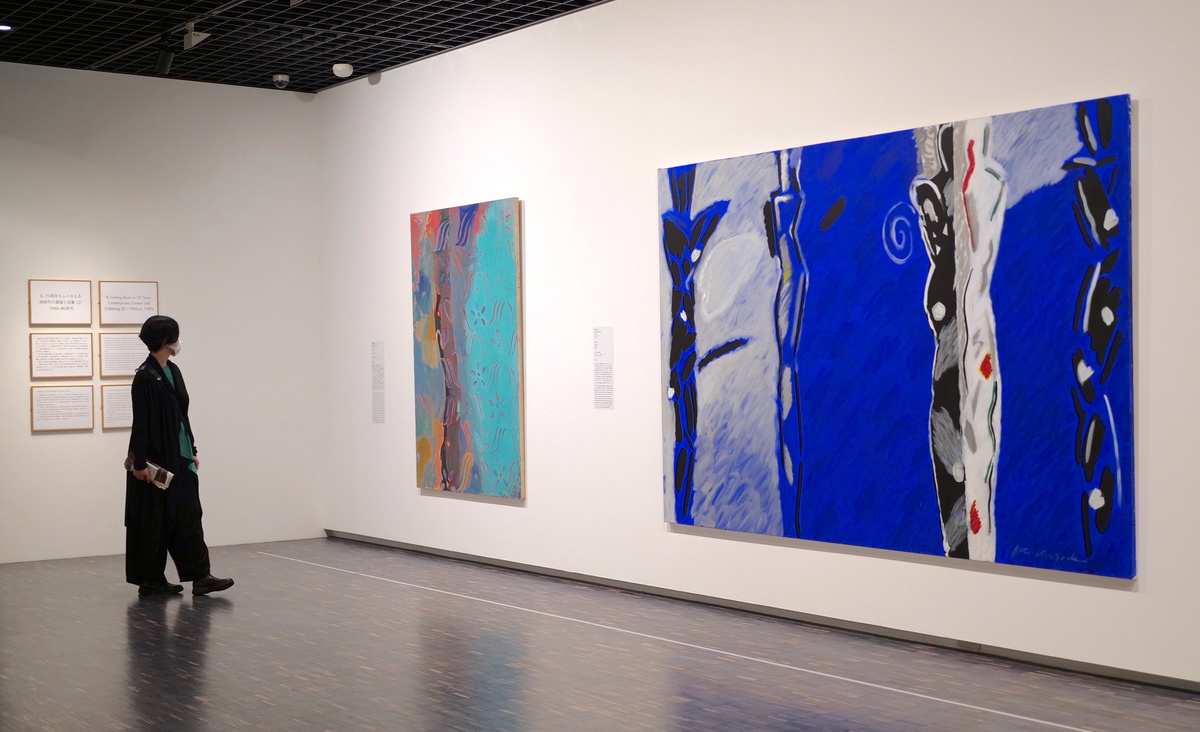
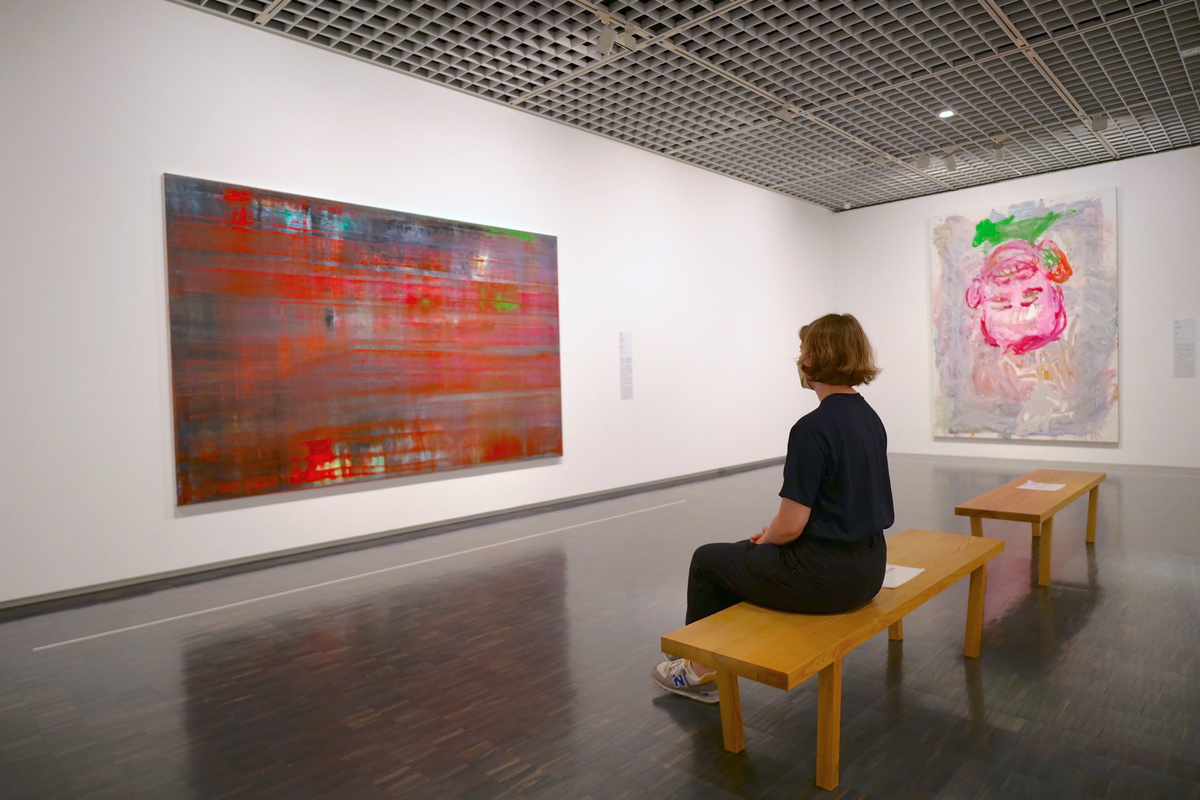
Relaxing surrounded by Japan’s most beautiful art
The last exhibition area on the 3rd floor (Room 10) introduces Japanese paintings and artworks from 1900 to the present. There are chairs for you to sit on and relax enjoying the stunning Japanese around you.
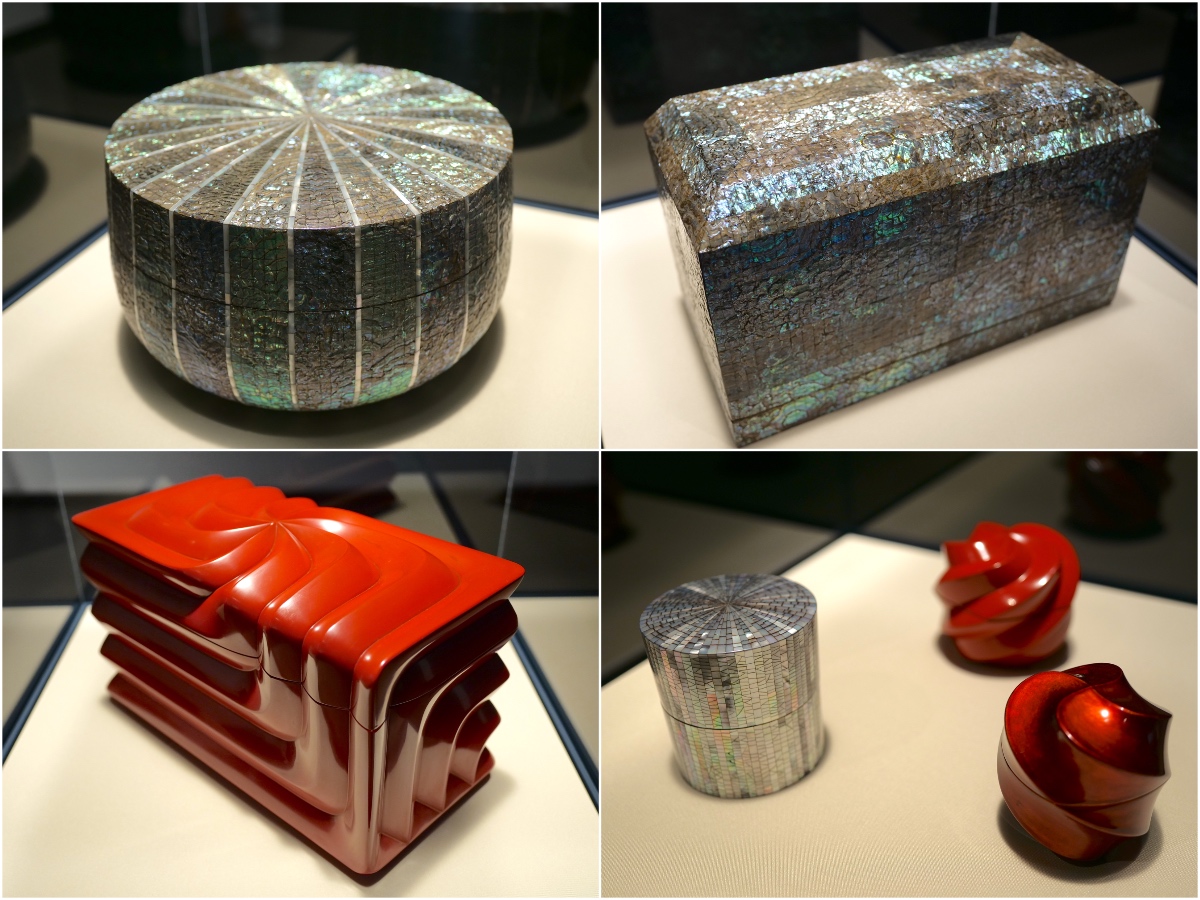
Tatsuaki KURODA, “Food box, glittering seashell raden inlay, kanshitsu” 1974, “Ornamental papeterie, glittering seashell raden inlay” 1974, “Ornamental box, red lacquered, ridged design” around 1957, “Tea caddy, ridged spiral design, byakudan-nuri” around 1975 (exhibition until July 24)
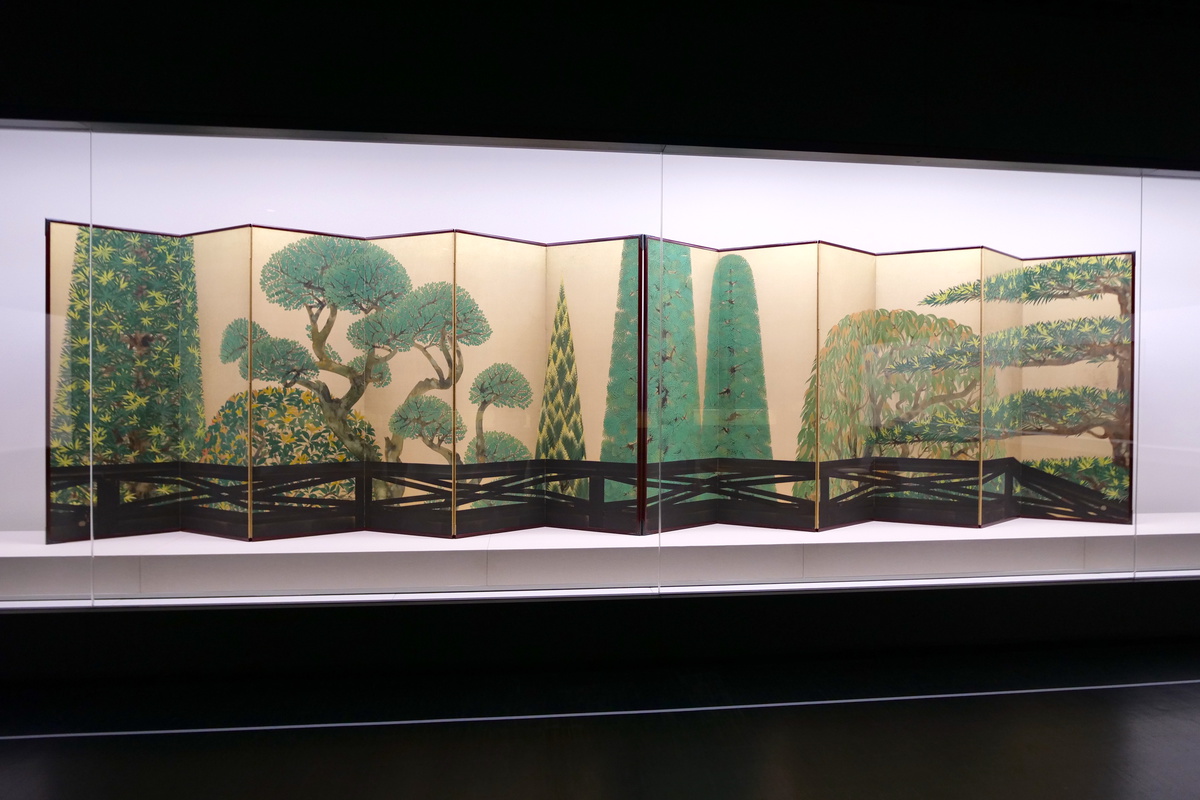
Ryushi KAWABATA “Flaming Grass” 1932 (exhibition until July 24)
This article only introduced a small part of the “MOMAT Collection”. If you are interested in strolling around this exhibition, you should plan half a day. Have fun finding the artwork that speaks to you the most!
And for my final photo, I would like to share one of curator Nariai’s favorite artwork.
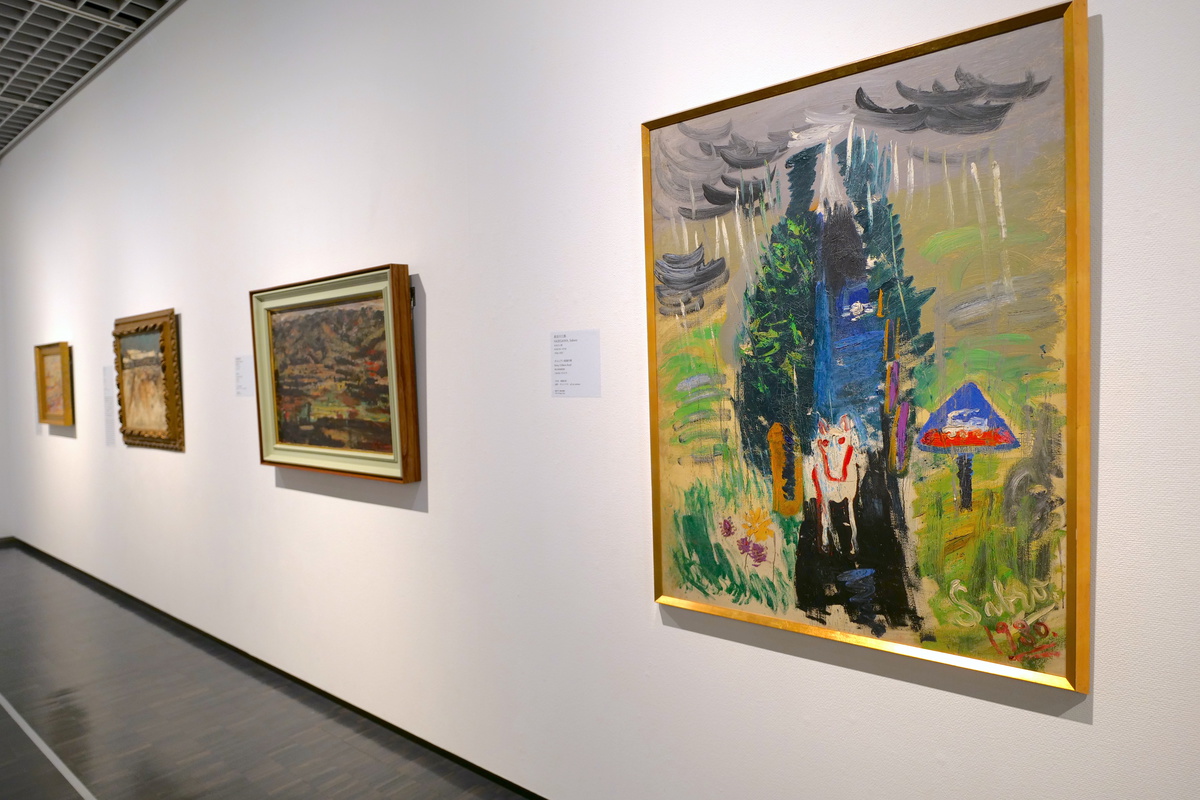
Collection Exhibition MOMAT Collection
Venue: The National Museum of Modern Art, Tokyo
Collection Gallery, from the fourth to second floors
Date: May 17–October 2, 2022
Closed: Mondays (except July 18 and September 19), July 19 and September 20
Opening hours: 10:00 AM–5:00 PM
(Fridays and Saturdays open until 8:00 PM)
*Last admission: 30 minutes before closing.
* Some of the artworks will be exchanged with other pieces after the first half of the exhibition period
The National Museum of Modern Art, Tokyo (MOMAT)
https://www.momat.go.jp
Twitter: https://twitter.com/MOMAT_museum
Facebook: https://www.facebook.com/momat.pr
YouTube: https://www.youtube.com/user/MOMAT60th
3-1 Kitanomaru-koen, Chiyoda-ku, Tokyo
Google Maps: https://goo.gl/maps/UrVmJReZ5Vo6hUhB9
Nearest stations: Takebashi Station, Kudanshita Station, Jimbocho Station


